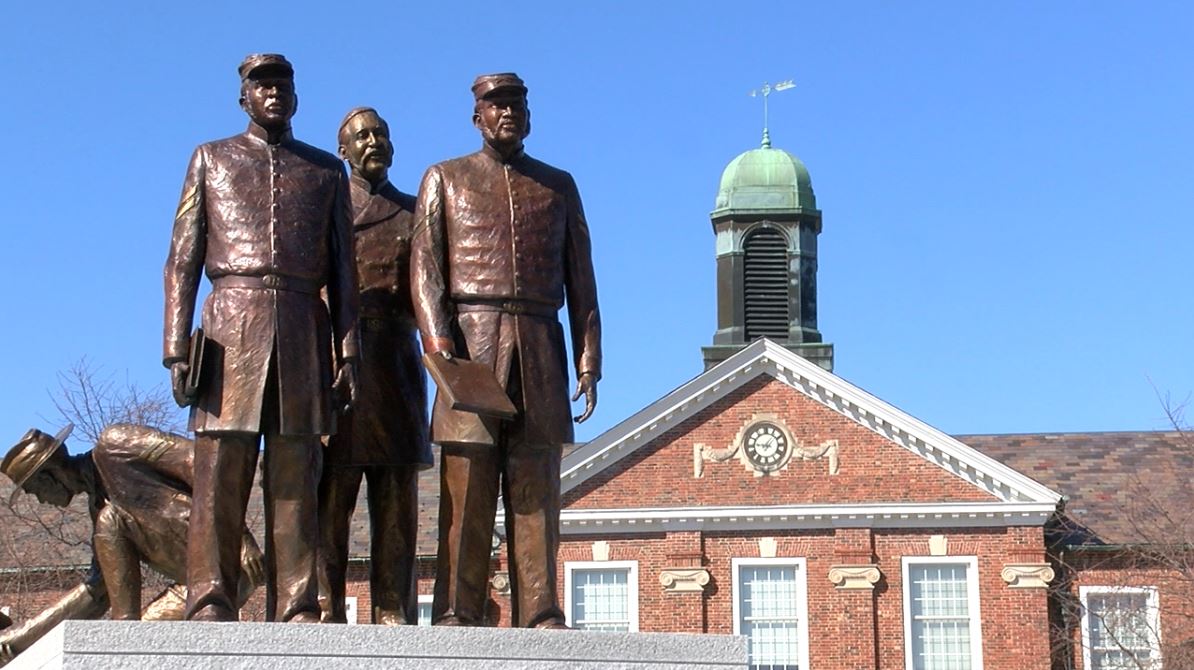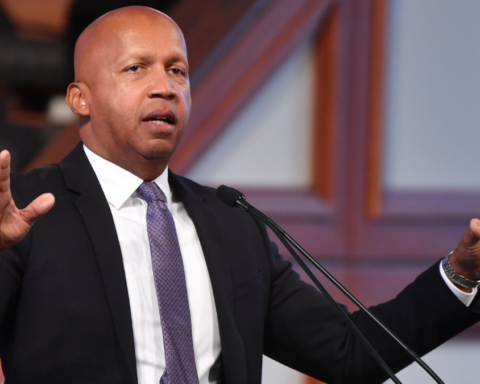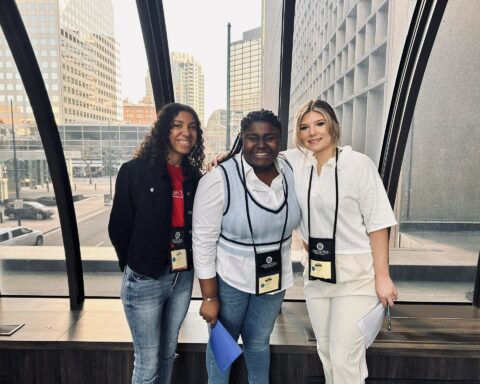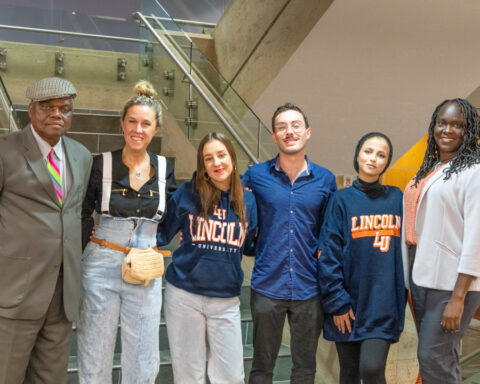Courtesy of Lincoln University
Lincoln University is teaming up with Scholly to offer undergraduate students access to Scholly’s top-ranked scholarship matching app and the chance to win free money as they return to campus.
Scholly CEO Christopher Gray founded the app to help students reduce their student loan burden by connecting them to millions of unclaimed scholarships and financial relief. Since 2015, Scholly has helped students of all ages receive more than $100 million in scholarships.
For in-state Lincoln students, after all financial awards, the average funding gap is roughly $3,600 per year. For out-of-state students, that funding gap increases to roughly $8,000 per year.
“In light of the economic fallout of the current global pandemic, it was imperative that we find a new way to help our students help themselves,” said Martin Harrison, the University’s director of corporate relations & strategic partnerships. “This partnership with Scholly was the perfect way to meet both immediate and long-term needs simultaneously. Thanks to Scholly, we’re able to meet the needs of students that need help the most.”
We are so proud to be partnering with Lincoln University to offer scholarships to help their students financially,” said Chris Gray, CEO of Scholly, and author of Go Where There Is No Path. “I know firsthand how hard it is to navigate your college education concerned about your finances. We’re happy to offer a new way to support the students at Lincoln.”
Lincoln students have the opportunity to win free money by signing up for Scholly and opening an “investing-made-easy” account with Scholly’s financial partner, Stash. After submitting an application, students will be entered into a giveaway (valued at $1,000 per winner) and cash raffle (valued at $100 per winner).
“We are excited that this partnership with Scholly will provide critical new funding opportunities for Lincoln students,” said Lincoln University President Brenda A. Allen. “For every $1,000 in aid provided to a Lincoln student, the odds of that student graduating increase by about 20 percent.”





